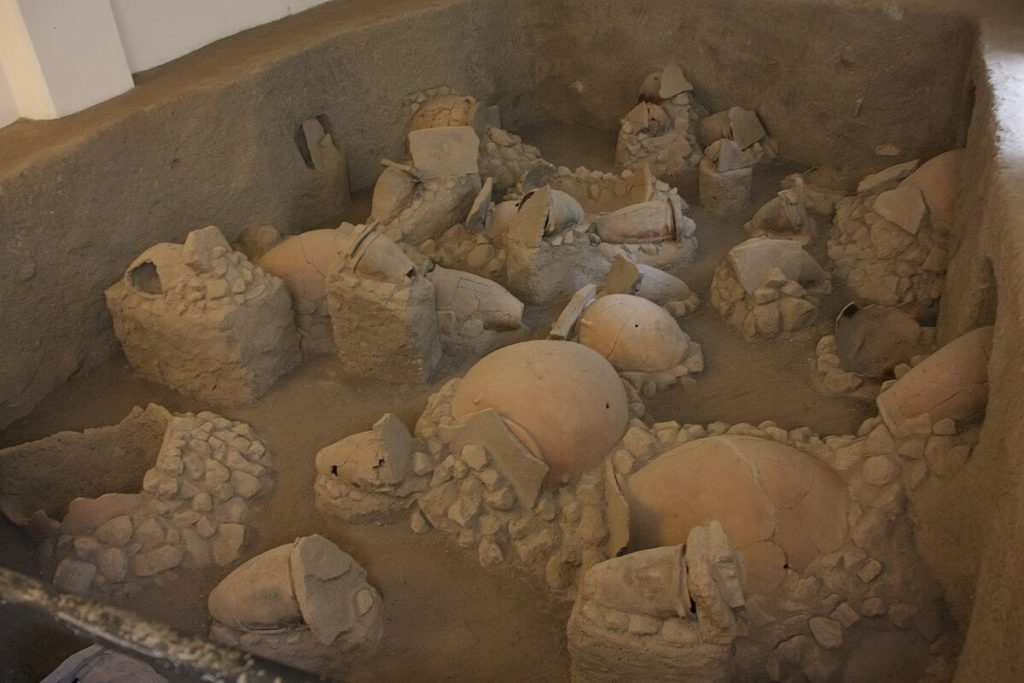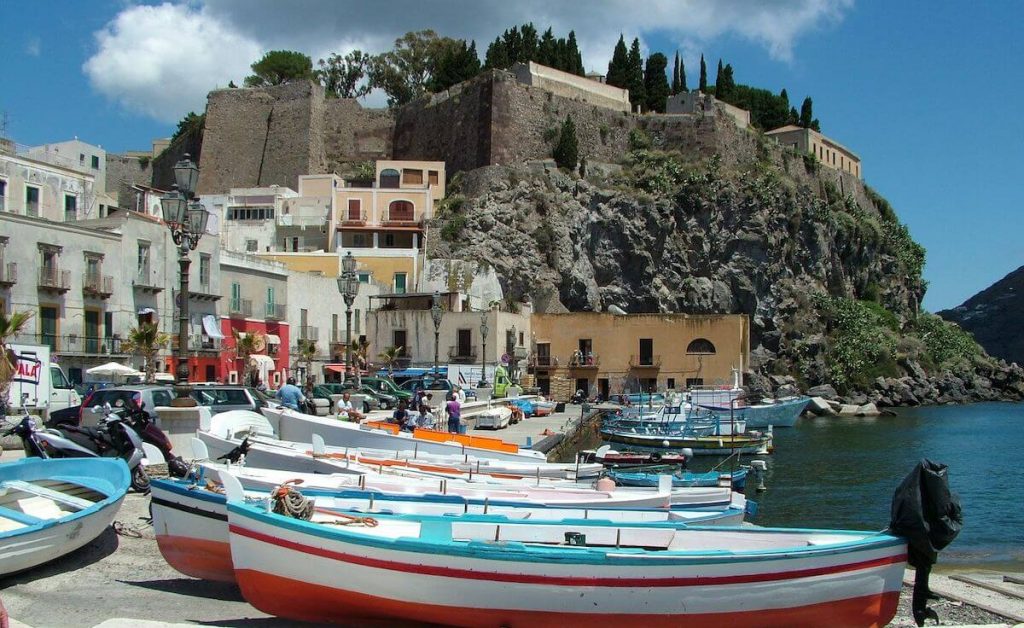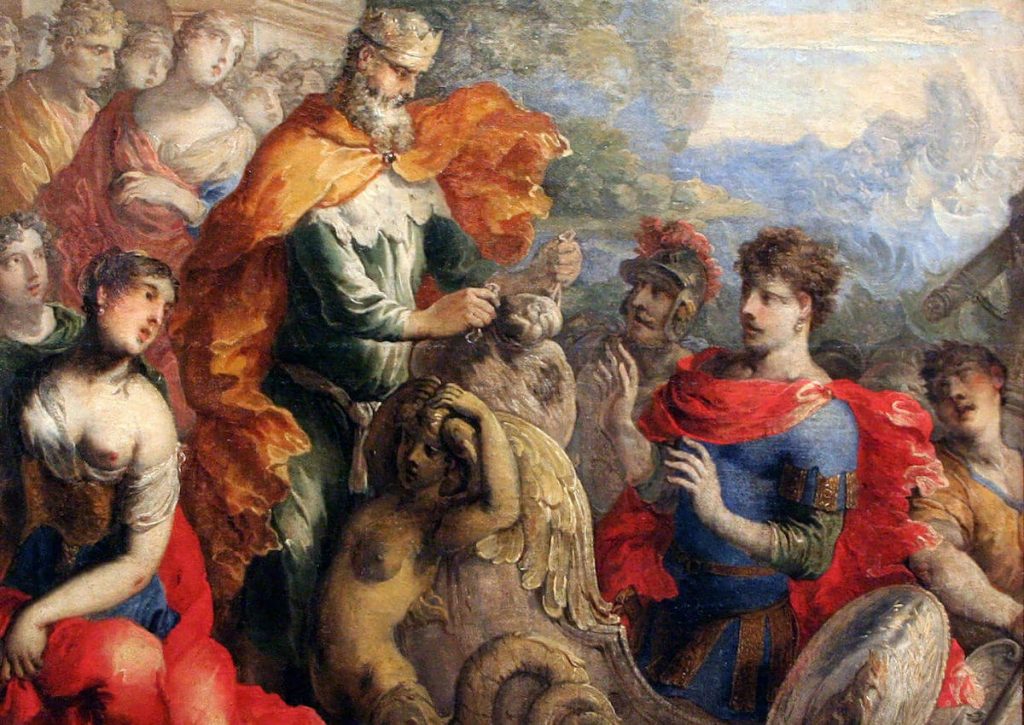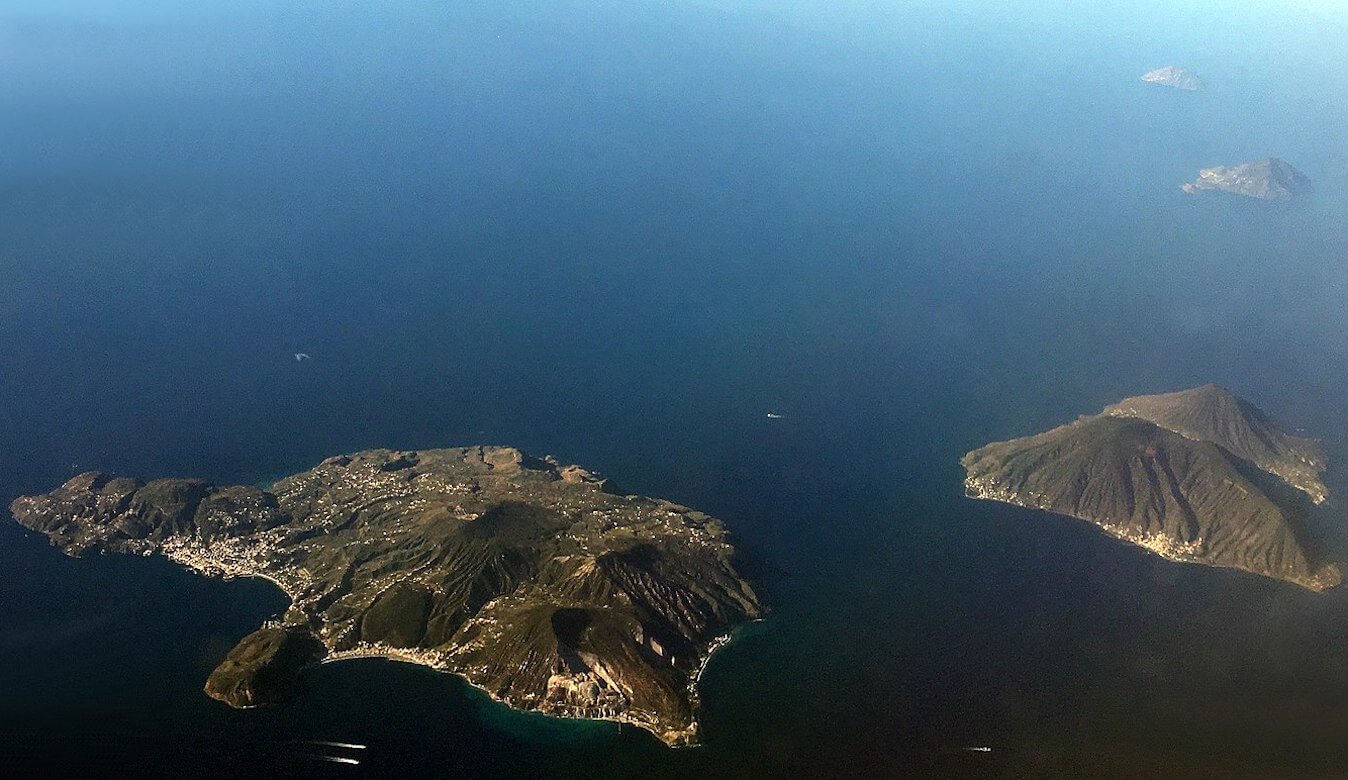Millennial history, mythology, biodiversity unique in the world, sea, capers e Malvasia: the Aeolian Islands I am this and much more. The archipelago that includes the islands Lipari, Salina, Volcano, Stromboli, filicudi, alicudi e Panarea, is part of the metropolitan city of Messina and attracts every year thousands of tourists, who remain bewitched by their charm. These are islands of volcanic origin (Stromboli is still in business). Lipari it is the largest of the islands and the most populous, but each of them has its own peculiarity and beauty both in naturalistic and historical (but also mythological) terms, without forgetting the food and wine component.
A little history of the Aeolian Islands
But beauty is not the only feature that makes the Aeolian Islands unique. The importance of this archipelago was already known in theit was Neolithic. The very first inhabitants settled there from Sicilia for the trade ofossidian. This volcanic glass obtained from cooled lava was in fact among the sharpest materials of the time. Since the islands are of volcanic origin, these therefore represented an inexhaustible source of material. Over the centuries, obsidian lost value with the arrival ofmetal age. However, the Aeolian Islands remained a strategic point for trade, especially in Hellenic period, where the myth of Aeolus.

Over the years the Aeolian Islands were crossroads of cultures and civilizations. The Greek domination is attested by the finds of vases, masks and other objects in the necropolis of Lipari. Also Romans they imposed their dominion after the victory over Carthage in first Punic war, settling in the archipelago, very good for trade. Later, just like in Sicily, the dominations arrived Arab, Norman e Spanish. All the signs of these passages are visible today at Aeolian regional archaeological museum.
The castle of Lipari
One of the key witnesses of the millenary history of the Aeolian Islands (in particular of the largest island) is the Lipari Castle. It is a fortress of fifty meters overlooking the sea, inaccessible in many ways. This natural fortress has been of fundamental importance since the Neolithic period. The excavations of the archaeologists Bernabo Brea e Madeleine Cavalier of the 50s brought to light one stratification of 10 meters relating to the settlements that inhabited the castle area. The first of course is the Neolithic prehistoric core (4.000 BC), followed by the Greek, Roman and Byzantine settlements, by the Arab occupation, by the Norman, Swabian, Aragonese fortifications (it was Charles V in 1560 who had the current walls built) and Spanish up to ancient village of Lipari and the most recent architectural creations.

Myths and legends of the Aeolian islands
The Aeolian Islands owe their name to Hellenic mythology. According to legend, the first colonizer was the Italic king Liparo. After being ousted by his brothers, he moved to the island that now bears his name (Lipari), building a thriving colony. Some time later he arrived on the island Aeolus (born mortal) who became a friend of Liparo. After helping the monarch to return to his old kingdom and marry his daughter Cyane, Aeolus became the new ruler of the archipelago. It is precisely here that the keeper of the winds will then make the acquaintance of Ulysses, as described in X book of the Odyssey ("We arrived in Aeolia, where the delight of the immortal gods of Hippolyte's son, Aeolus, lived in a floating island, to which a whole wall of unbreakable copper and a smooth one surrounds an excellent cliff). On that occasion he gave to the son of Ithaca the wineskin of the winds that would help him in his return to his homeland, then imprudently opened by his companions.

Volcano was instead considered asacred island (yesterday), as the Greeks thought there the god of fire Hephaestus had its forges. The current name of the island comes from Roman mythology, as Vulcano is the Latin name of Hephaestus. This island has also been identified as theisland of the dead. In fact, according to mythology, gods were made on Vulcan sacred rites for the god to purify the bodies of the dead. However, since no human remains were found, it is possible that the bodies were then brought back to the other islands.
Aeolian Islands UNESCO heritage
The volcanic activity of the Aeolian islands was also at the center of the motivation that led to the inclusion of the archipelago in the list of UNESCO sites. The Aeolian Islands have become part of the world heritage sites in 2000. The motivation, according to what we read on the official UNESCO website, is: "The volcanic morphology of the islands represents a classic model in the studies of world volcanology. Thanks to studies carried out since the 200th century, the islands have provided volcanology and geology books with two types of eruptions (Vulcan and Strombolian) and have been a staple in the education of geologists for more than XNUMX years. The islands continue to be a rich field for volcanology studies ».

Capers and Malvasia: the flavors of the Aeolian archipelago
The Aeolian Islands are not only known for their scenic, historical and mythological wonders, but also for their typical products. The specialties of the place are mainly two: the Aeolian caper DOP. and the Malvasia DOC. The first is widespread on the various islands. TO Salina, for example, you can find the varieties "nocellara","hazelnut"and "spiny of Salina". On the first Sunday of June, the "Feast of the caper". It is also possible to taste the "I cuckoo”(Also called large caper), which is nothing more than the fruit of the plant (the caper is the unopened bud).

La Malvasia it is instead a sweet and aromatic wine (which takes its name from the grape used), produced for centuries mostly on the island of Lipari. In the'nineteenth century it was exported throughout Europe thanks to the English troops who arrived in Messina during the Napoleonic wars. Its taste is very intense and particular, so much so that the French writer Alexander Dumas, in his book "Journey to the Aeolian Islands", He defined it"the most exceptional wine I have ever tasted ". In 1973 this wine received the denomination DOC. Today the producers of Malvasia organize tours in their cellars for tourists.
Just like the Sicilia, the Aeolian archipelago is a mix of different histories and cultures, merged into one lovely setting. Visit the Aeolian Islands, get lost among the scents (also of sulfur) and the flavors of the sea, capers and Malvasia is an unforgettable experience. Of course thesummer it is the best time to enjoy a few days in the Aeolian Islands, taking a tour to Lipari, Salina, Panarea, Stromboli, Vulcano, Alicudi and Filicudi. Seeing is believing.
Featured photo source: © Mariom990 - Wikimedia Commons - CC BY-SA 4.0





